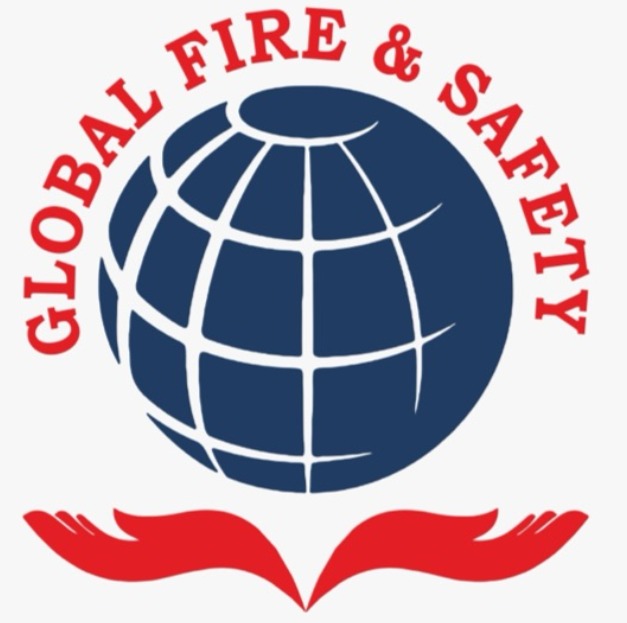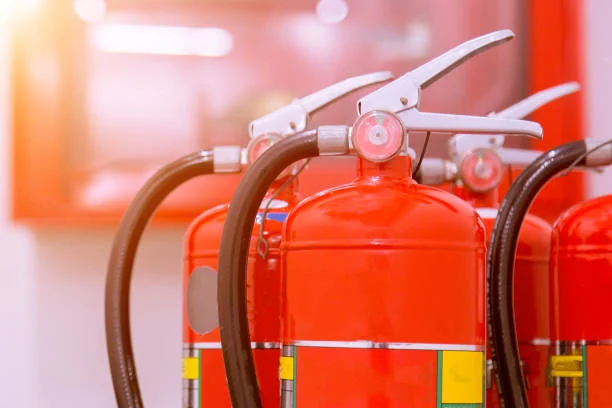The Importance of Fire Extinguisher Refilling: Why It’s Essential for Safety
Fire safety is an essential aspect of maintaining a safe and secure environment in any building or facility. While having fire extinguishers on hand is crucial, knowing when and why to refill them is just as important. A fire extinguisher is a life-saving tool, but only if it is fully charged and functional when an emergency arises. In this blog post, we’ll discuss the importance of fire extinguisher refilling, how often it should be done, and why it should be part of your regular fire safety routine
Why Fire Extinguisher Refilling Is Crucial
A fire extinguisher is your first line of defense against a fire. If a fire breaks out, you need to know that your extinguisher will work. Over time, fire extinguishers lose pressure, and the chemicals inside can degrade or become ineffective. This is where fire extinguisher refilling comes in. It ensures that the extinguisher will perform optimally when you need it the most.
Here are some key reasons why fire extinguisher refilling is necessary:
Ensures Proper Functionality: The primary function of a fire extinguisher is to put out fires quickly. If it’s not properly maintained, you may find it either too weak to put out the fire or completely useless when you need it. A refilled extinguisher will restore the necessary pressure and charge to ensure it performs effectively.
Complies with Safety Regulations: Fire extinguishers are required to be fully charged and ready for use according to safety codes. In many regions, fire safety regulations require fire extinguishers to be inspected and refilled annually. Keeping up with these inspections and refills ensures compliance and avoids legal issues.
Prevents Corrosion and Damage: Over time, fire extinguishers can suffer from corrosion, leaks, or damage from environmental factors. Even if an extinguisher looks intact, internal parts may be compromised. Regular refilling checks can catch these issues early before they render the extinguisher ineffective.
Peace of Mind: Knowing your fire extinguisher is fully charged and ready to use can provide peace of mind for you and those around you. In the event of a fire, having a fully functional extinguisher could be the difference between controlling the blaze and having a full-scale emergency
The Refilling Process: What to Expect
When you have your fire extinguisher refilled, the process typically involves the following steps:
Inspection: A technician will inspect the fire extinguisher for any signs of wear, corrosion, or damage. They will check the pressure gauge, nozzle, and overall condition.
Discharge and Refill: The extinguisher is discharged to empty it, and the agent inside (such as dry chemical, CO2, or water) is replaced with fresh material. The cylinder is then pressurized to the proper level.
Testing: After refilling, the extinguisher is tested for functionality and pressure levels to ensure it’s ready for use.
Documentation: You’ll typically receive a service tag or record that shows the extinguisher has been refilled and inspected. This ensures you have proof of compliance in case of an audit or inspection

